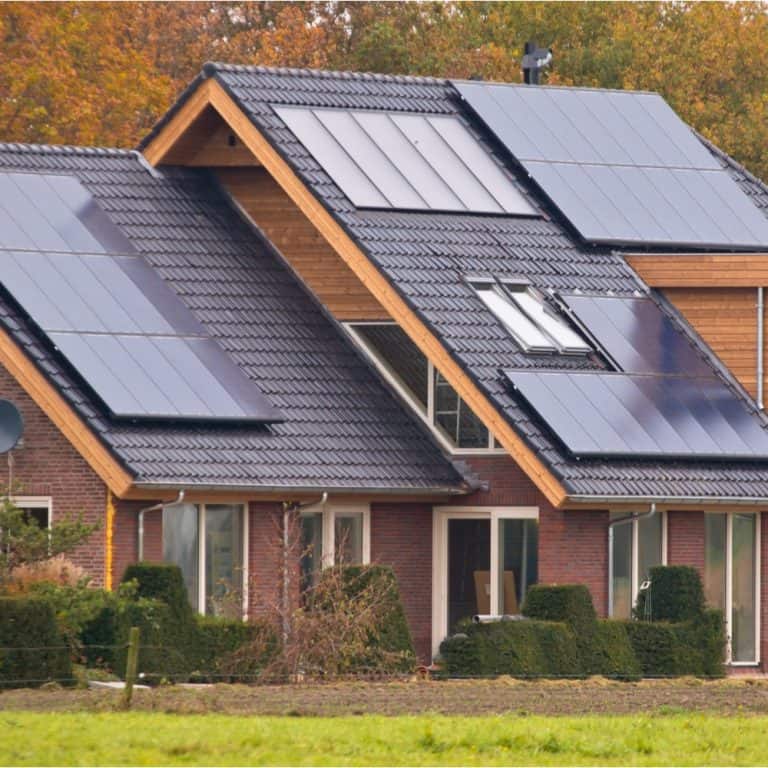The Comparative Cost of Solar Arrays

Investing in solar requires looking at costs in a different way. Although a big-ticket item, what it will save in comparison to the alternative is appealing to many.
The price of solar is better than it has ever been, but that doesn’t mean it is worth it. When it comes to purchasing solar, there are many different factors to consider.
The customer needs to look at the costs associated with the solar array, and determine if it is less than their utility. After considering these factors, customers can decide if solar is for them.
How Much Solar Panels Cost
The cost of solar is one of the major roadblocks for potential buyers. Like anything else, the price tag plays a part in whether something is worth purchasing.
Items that save time or money often hold more value, making them worth the investment. Solar is one of these investment-worthy products. It saves money on electric bills while helping decrease pollution in the air we breathe.
Before customers price solar, there are a couple of things to consider. Such as, what price per watt and LCOE means, and why the price has decreased.
The Meaning of Price per wp in Solar Power
The price of solar has four parts. Including soft costs, install labor, hardware, inverter and solar modules.
The cost per watt takes all these costs and divides them by the number of watts the array will produce. If, for instance, a 5 kW (5,000 watts) array costs $20,000, its price per watt is $4.
The average price per watt in 2018 for residential solar was $2.70. This number, however, doesn’t capture all the costs associated with the array throughout its projected life.
Taking a Look at LCOE
LCOE, the acronym for Levelized Cost of Energy, takes into account all the costs associated with solar. It includes the install costs, financing costs, inverter replacement, and maintenance and the expected energy generation for the location of the install.
When compared to the local utility’s projected rate over time, the LCOE gives a quality estimate of how much solar will save. Because these factors vary among states and cities, it can be challenging to find this cost.
The Price of Solar has Decreased
Another factor to consider is the cause of the decrease in solar power over time. From 2010 to 2018, the residential solar price per watt has decreased from $7.34 to $2.70. Module and inverter cost decreases, and tech advancement has been the force behind these price cuts.

Although modules and inverter prices may continue to decrease, modules are no longer the majority of an array’s cost. Now the majority of costs come from soft costs such as permitting.
These cost decreases further offset by the 2020 decline of the federal solar tax credit. While the SEIA has been trying to extend the solar tax credit with the #DefendTheITC campaign, it is still up in the air.
The best bet is that states will start to implement streamlined permitting. These changes will help make up for the tax credit the ITC has provided solar generation owners.
Cost of Solar Power Vs. Coal
Solar savings are the reason why many purchase solar. Solar savings come from comparing the projected cost of coal-generated power over the life of the array to the cost of solar.
These solar savings, however, aren’t calculated with the current rate the customer is paying their electric company. Electricity has fluctuated over time.
This fluctuation in price is due to the inflation of the American dollar. Between 2010 and 2019, electric prices increased by 66.69 percent. During this time, electricity has experienced an average inflation rate of 2.73 percent a year.
Although 2.73 percent doesn’t seem like much, it adds up over time. A $100 electric bill in 2000 would end up being $166.69 a month by 2019.
As the value of the dollar continues to go down, so does its buying power. Inflation makes it so even if electric company rates stayed the same over the next 20 years, which they aren’t, it would cost more.
However, solar is different. When homeowners purchase solar, inflation doesn’t increase their monthly solar payment, which is why it is better to install solar sooner than later.
The sooner homeowners invest in solar, the more they save. They can escape inflation and rate increases in their electricity.
Is the Cost of Solar Panels Worth It?
Whether solar is worth the investment is dependent on the expected ROI. In general, the ROI of solar is expected to save homeowners thousands of dollars.
These savings, however, are dependent on financing, incentives, solar policy, array pricing, net metering, battery backup, utility prices, and the home. Determining all of these costs can be tricky, which is why Go Solar Group has your back.
We have appointment setters that help potential customers determine if their home is a good fit for solar. If it is, they will set an appointment so the potential customer can meet with a solar consult.
Together the consultant and the homeowner can review the savings solar provides. Homeowners can then compare this estimate against other solar companies to find the best deal.



Send a Message
Oops! We could not locate your form.